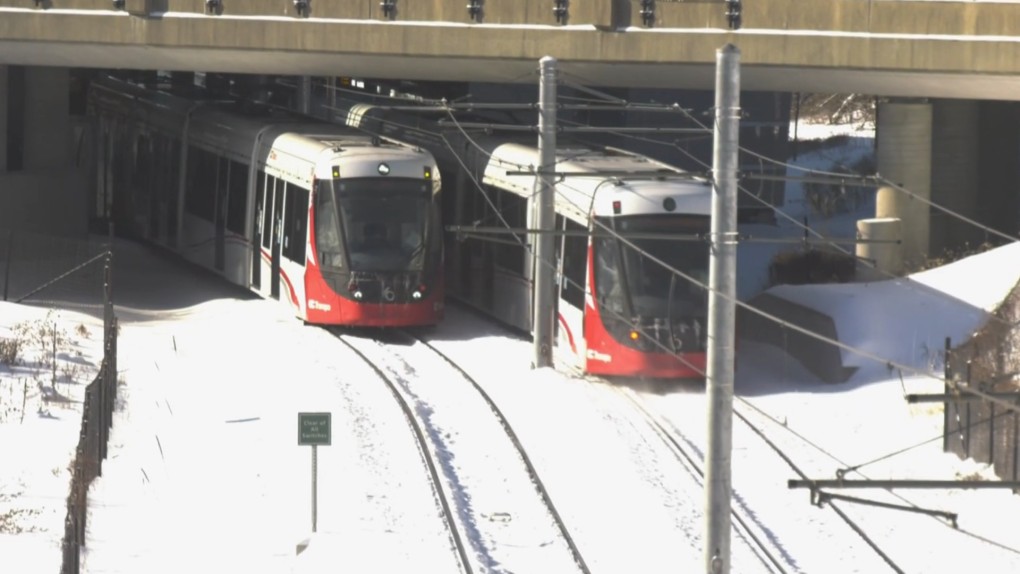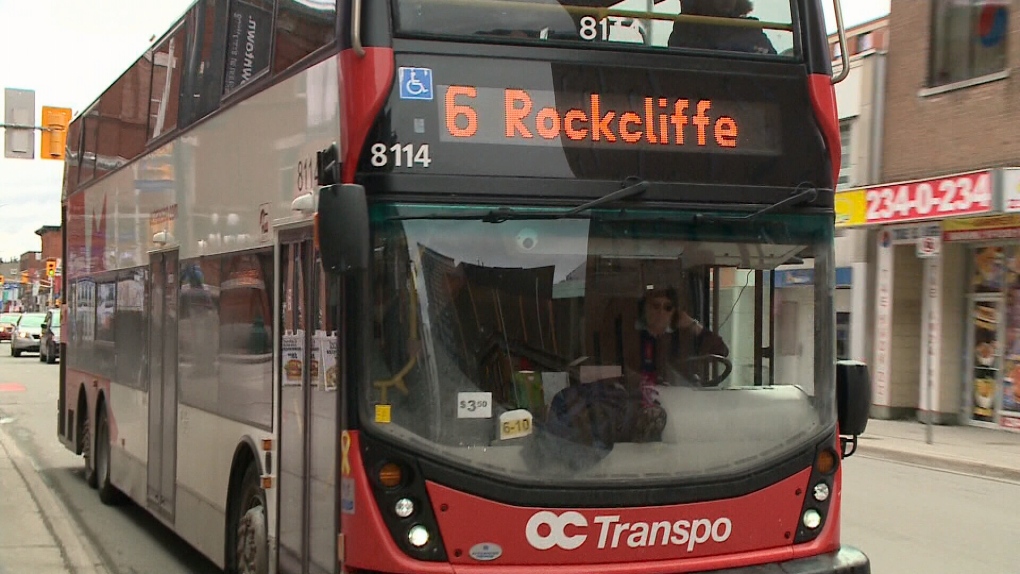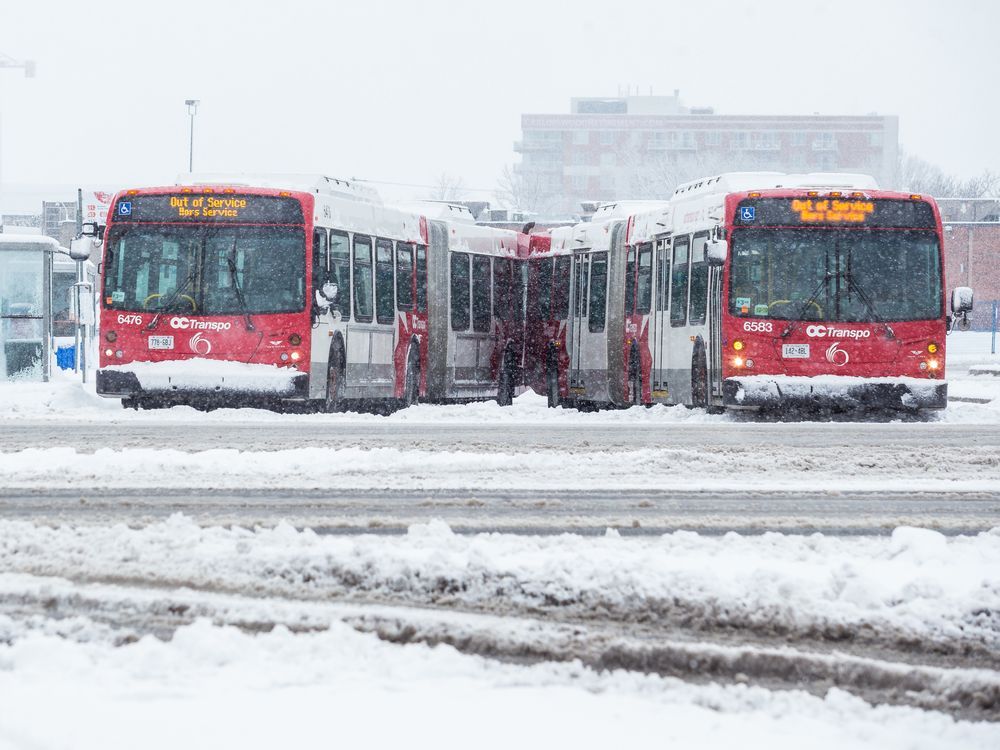Then its no longer effectively LRT. Now you have a metro that is gutted due to using LRVs for no good reason which only results in lower capacity. The most effective use in LRT technology is either as a light S-Bahn, or as an enhanced Streetcar. In both of these cases cars can get on the tracks no problem. The moment its entirely grade separated (which again there is no way in hell this will apply to London) its just a worse light metro.
Then use proper vehicles.
More expensive which leads to worse frequencies and a smaller network. All to get capacity that London doesn't need.
operating costs =/= construction costs
Density does not bring the ridership you think it does. Look at the TTC Subway. Compare Subway Stations that are in extremely dense areas with no bus connections like NYC and Wellesley, vs stations that have nothing around them but with major bus connections like York Mills. The latter get WAY more ridership than the former, because again, let me reiterate, DENSITY IS NOT THE BIGGEST CONTRIBUTOR OF RIDERSHIP. Hopefully I made that clear enough.
Based on the TTC's latest statistics for annual ridership, Toronto's busiest subway stations rival the ridership of New York City's busiest stations.

dailyhive.com
Of the 15 busiest stations, 6 of them do not have direct connections to anything, unless you count the streetcars that are not in the fare paid zones.
Of the 10 least used stations, 8of them need a transfer, and one does not even have bus service during the day.
However, if you look at the density of the areas around the stations, most are more dense than those where no RT exists. In fact, some of the stations on the Stubway have good ridership due to the TOD since it opened.
That's literally the whole point. The whole point of building transit is to get people from point A to point B as quickly as possible.If you're building transit for the sake of density, you're not serving anyone.
Are you building transit, or are you building Rapid transit? They are not the same thing. What does the R stand for in BRT or LRT or simply RT?
Brampton is spending money taxpayer money 1.5x to solve the problem both today and tomorrow.
The thing you're missing is converting a BRT to LRT is extremely easy. Once you have a dedicated Rapidway like York Region, the hard part is over. Utilities were relocated, the ROW was created, if they ever need to upgrade to LRT, you just shutdown the rapidway for a few months, lay down tracks, and build an MSF along the route. Not that expensive. The reason why its not LRT is because A) There isn't capacity to justify it, and B) The rapidways don't go far enough. Imagine if instead of building a BRT, they built an LRT on Yonge Street. If you're riding Viva Blue south, now everyone has to transfer at 19th gamble from a bus to an LRT, just to continue on their journey thus requiring a linear transfer. This will discourage ridership, and makes using the transit far less convenient. In the future when ridership is high enough to the point where the capacity brought by LRT is worth it, then we can begin discussing converting it to LRT, and extending the ROW north to newmarket.
The thing you fail to understand, and let me reiterate this, THERE IS NO PRACTICAL DIFFERENCE BETWEEN LRT AND BRT. The ONLY difference is that LRTs have more capacity, meanwhile BRTs have more flexibility. EVERY NEGATIVE YOU HIGHLIGHTED ABOUT BRTs APPLY TO LRTs, AND EVERY REASON YOU GAVE THAT MADE IT SEEM LIKE THOSE ISSUES DIDN'T APPLY TO LRT ALSO APPLY TO BRT. Nothing more, nothing less.
If you continue to argue the same points over and over again, then god help you. If you cannot understand what I just outlined in bold, then good luck out there, you're going to need it.
So, let me see if I understand what you really are saying. You want a lower capacity rapid transit built, only to rebuild it to a higher capacity rapid transit to save some money now, when, over the life of it, the money you spent now would be saved?
Nobody has suggested sprawl is smart. What you have failed to show is why only LRT can stop sprawl.
Most places do not build out their LRT to the edges of suburbia like Ottawa. Calgary and Edmonton, and even Vancouver, Montreal and Toronto didn't.Toronto's sprawl has other issues causing it, but look at the other cities.They have dense cores. They have growing densities near most of their stations. And they have less sprawl overall. So, when you pick a 'choo choo' It seems to be better. Fun fact, the most busy bus route, the 99 B Line in Vancouver does not actually travel through the most dense part of the city. It really isn't that dense along it. It is that busy because a Rt line has been desperately needed there but the city has built elsewhere to appease the voters. If London were to look at the busiest dections of their transit and build those to LRT standards, and keep doing that, it would have a great system and it would grow organically with the city to keep it a good city to live and work in.
I think you might be projecting here. In the age of Google maps, the likelihood of people not knowing where the bus stop is rather low. London isn't Toronto. But it's also not North Bay.
To prove me wrong, at Twilite Blvd and Heardcreek Trail, Where is the nearest bus stop?
3002 Heardcreek Trail, London, ON N6G 2S7, Canada

www.google.ca
How often does it run?
How many buses to Western U?
Well put. This is the exact mistake Ottawa made. They were so obsessed with LRT, that they missed the idea of a light metro entirely. They ended building a light metro using stretched streetcars effectively. And that decision has probably contributed to some of Ottawa's challenges.
That is because, like people on here with BRT, they were stuck on street running till the ,last minute. When they made the change, it was too late. Also known as Shortsightedness.
He's not actually unique here. Demanding that we massively overspend on transit is pretty common in Canada. Toronto is building expensive subway extension just because nobodycan really figure how to integrate GO and TTC, if we're honest about it. Ottawa is extending LRT to a literal parking lot in Orleans. The idea that savings on one line can help build another line, so that coverage can be increased, is beyond the comprehension of the average person apparently.
The problem is that Canadians have far too often seen the cheapening out by our politicians that we demand the most possible. If I knew within 10-20 years an LRT for the busiest parts of London's BRT was going to be built, I might agree to just BRT. But, I know that is not reality. So, I look to the far future and ask what would serve the city well for the next 50+ years. It ain't BRT.








